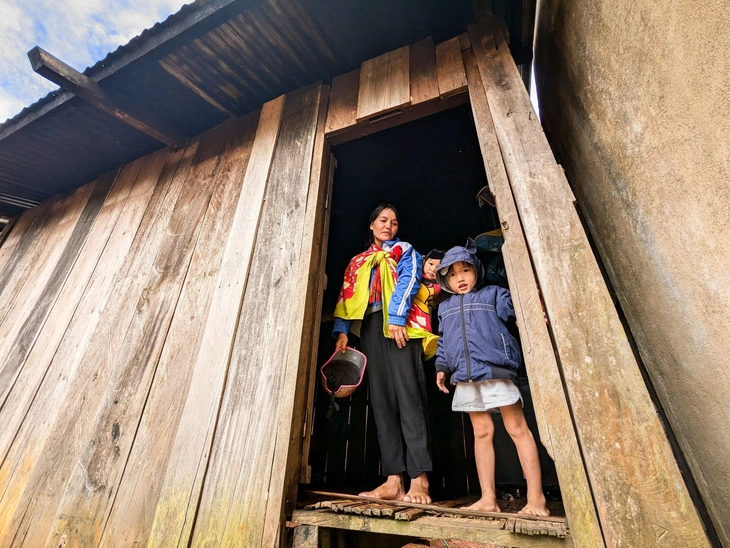With 14 quakes recorded early Thursday morning, Kon Plong District in Kon Tum Province has been struck by over 60 earthquakes from Sunday, according to the Institute of Geophysics.
Of the 14 quakes, 13 measured between 2.6 and 3.4 on the Richter scale and struck the district, located in Vietnam’s Central Highlands, on Wednesday.
The other quake occurred at 4:12 am on Thursday, registering a magnitude of 3.3 at a depth of 8.1 km, according to the Institute of Geophysics.
Most of these earthquakes were classified as level-zero natural disaster risk, except for the one with a magnitude of five that occurred at 11:35 am on Sunday.
This quake, categorized as level two in disaster risk, was the largest ever recorded in the area, according to the Institute of Geophysics.
The tremors were felt not only in Kon Tum but also across many other provinces and cities in Vietnam, and even in some areas of neighboring Thailand and Cambodia.
Among the more than 60 tremors, 25 occurred on Monday, 21 on Sunday, with the remainder happening over the past four days, according to the agency.
Nguyen Xuan Anh, director of the Institute of Geophysics, explained that after a significant earthquake, it is common for a series of weaker tremors to follow.
This phenomenon typically lasts for several days before gradually decreasing and coming to an end.
|
|
| A woman and her two children are seen at a house in earthquake-prone Kon Plong District, Kon Tum Province, located in Vietnam’s Central Highlands. Photo: Tan Luc / Tuoi Tre |
However, after a quiet period, such consecutive earthquakes may occur again, Anh said.
He forecast that Kon Tum will continue to experience earthquakes in the near future, but their magnitudes are unlikely to exceed 5.5.
From 1903 to 2020, over 30 earthquakes were recorded in Kon Tum, with the strongest reaching 3.9 on the Richter scale.
Since April 2021, the region has experienced hundreds of quakes, including the strongest one that occurred on Sunday, Anh said, citing the institute’s data.
Regarding the cause of these quakes, Anh told Tuoi Tre (Youth) newspaper that the consecutive tremors in Kon Plong are considered induced earthquakes resulting from human activities, such as the construction of reservoirs and hydropower dams, mining activities, or nuclear explosions.
For instance, an earthquake may be triggered by the impact of a hydroelectric reservoir on an active fault system located beneath it, he explained.
Recently, Deputy Prime Minister Tran Luu Quang issued a dispatch from the prime minister instructing relevant agencies to document and address the consequences of the earthquakes in Kon Plong.
The prime minister assigned the Vietnam Academy of Science and Technology to direct the Institute of Geophysics to continue monitoring aftershocks in the area, coordinate with other agencies to address the aftermath of the tremors, and mobilize experts and scientists to clarify the causes of the unusual quakes.
The factors triggering the quakes should be identified and communicated to relevant agencies and the public to prevent misinformation and panic among the population, according to the dispatch.
Like us on Facebook or follow us on X to get the latest news about Vietnam!



Max: 1500 characters
There are no comments yet. Be the first to comment.